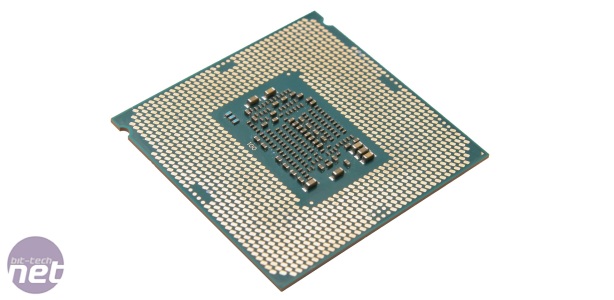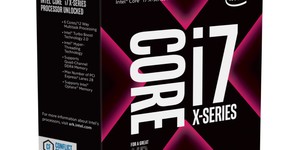Intel Core i7-7700K, Core i5-7600K (Kaby Lake) and Z270 Chipset Review
January 3, 2017 | 16:59
Companies: #bit-tech

Intel Core i7-7700K and Core i5-7600K Overclocking
This is possibly the most important page in this article, because by far the biggest reason we'd consider upgrading to Kaby Lake is for the overclocking. Sure, we're not looking at massive increases here, but 200-300MHz in terms of maximum using the same cooling is what we've found, and we've cross-checked this with several experts and retailers in the industry too - they all have similar findings.Perhaps most usefully, while temperatures are still the limiting factor (de-lidding has yet again seen significant reductions here according to some reports we've seen), the voltage required to hit specific frequencies is much lower than Skylake. This is to be expected given the improvements that Intel has made. However, the table below only shows part of the story. These numbers were obtained using an MSI Z270 Gaming Pro Carbon, but with several Asus boards we've tried, the voltages have been even lower.
| 5.1GHz | 5GHz | 4.9GHz | 4.8GHz | Default | |
| Core i7-7700K | n/a | 1.36V | 1.26V | 1.22V | 1.24V |
| Core i5-7600K | 1.38V | 1.28V | 1.21V | 1.17V | 1.168V |
Even here, though, the Core i7-7700K required just 1.22V to hit 4.8GHz, which is actually below its load stock voltage reported in CPU-Z. By comparison, our in-house Core i7-6700K usually needed at least 1.3V, sometimes much more to get to 4.8GHz. With 1.36V, the Core i7-7700K was able to reach a healthy 5GHz with ease and temperatures were actually reasonable too - easily tameable with a decent air cooler.
Our initial preview of the Core i7-7700K used an older BIOS on the same board and we did manage 5.1GHz using a vcore of 1.44V, however with the latest EFI, temperatures got too toasty above 5GHz, but the voltage required to hit lower frequencies appeared to be lower. Even so, those with premium cooling could expect to run a 4.9GHz or 5GHz 24/7 overclock fairly easily.
The Core i5-7600K was even better. 5.1GHz required just 1.38V, which again was easily tameable by our 120mm all-in-one liquid cooler, with temperatures never topping 90 degrees. 5GHz needed just 1.28V, and 4.8GHz, which is a 1GHz overclock over its base frequency, needed just 1.17V - the same as the default voltage with XMP loaded in the EFI. Here, even modest cooling would be adequate, which is fantastic news.
Click to enlarge
Now, there's usually a catch, and while higher frequencies are possible, a lot will depend on the sample you get. As we've mentioned, we've tried several samples and spoken to several people in the industry too, who have seen similar from both retail and engineering samples. Given the weight of evidence, we'll be assuming that most people will see some or all of the benefits we've seen compared to Skylake, so we'll be scoring accordingly.
In terms of motherboards to go for, if overclocking with as low a voltage as possible is your goal, Asus seems to be the best at the moment. However, given we've all been working with Christmas and New Year in the way (thanks, Intel...), we've used some fairly early EFIs for the boards we've tested so far. However, that's across the board with Asus included. That said, all boards otherwise performed similarly and reached the same frequencies - some just needed a little more vcore or a touch of loadline calibration.

MSI MPG Velox 100R Chassis Review
October 14 2021 | 15:04









Want to comment? Please log in.